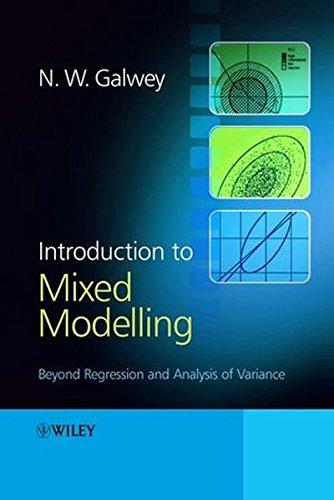An experiment was conducted to determine the effect of anoxia (lack of oxygen) on the porosity of
Question:
An experiment was conducted to determine the effect of anoxia (lack of oxygen) on the porosity of roots in nine genotypes of wheat. At an early stage of development, control plants of each genotype were grown in a well-aerated solution, while treated plants of each genotype were grown in stagnant agar which deprived the roots of oxygen. Following this treatment, the plants were grown in pots on a glasshouse bench, in a randomised complete block design with three replications. At the end of the experiment, seminal roots (i.e. those that develop directly from the seed) and nodal roots (i.e. those that originate from a node of the plant at a later stage) were harvested from each plant, and their porosity (% air space per root volume) was measured. On three additional plants of each genotype, the porosity of the seminal root was measured at an early stage of development, prior to the stagnant agar/aerated solution treatment. One of these three plants was assigned to each of the three blocks. The first and last few rows of the spreadsheet holding the data are presented in Table 7.12: the full data set is held in the file ‘root porosity.xls’ (www.wiley.com/go/mixed modelling). (Data reproduced by kind permission of Michael McDonald.) Genotype, treatment and root type are to be classified as treatment factors.
(a) Determine the block and treatment structures of this experiment.
(b) Analyse the response variable ‘porosity final’ by analysis of variance and by mixed modelling. The term ‘porosity initial’ can be added to the mixed model.
(c) Should this term be placed in the fixed-effect or the random-effect model?
(d) Make this change to the mixed model, and repeat the analysis. Is the final value of porosity related to its initial value? Does the adjustment for the initial value Exercises 245 Table 7.12 Porosity of roots of a range of wheat genotypes with and without exposure to anoxia A B C D E F G 1 block plant genotype treatment root type porosity initial porosity final 2 1 1 1 anoxic seminal 3.572 4.630 3 1 1 1 anoxic nodal 3.572 17.145 4 1 2 7 anoxic seminal 2.722 2.589 5 1 2 7 anoxic nodal 2.722 19.791 6 1 3 9 anoxic seminal 3.477 7.048 7 1 3 9 anoxic nodal 3.477 17.819 8 1 4 2 anoxic seminal 3.341 5.110 9 1 4 2 anoxic nodal 3.341 20.098 10 1 5 5 anoxic seminal 0.904 0.481 11 1 5 5 anoxic nodal 0.904 20.040 12 1 6 3 anoxic seminal 2.701 6.204 13 1 6 3 anoxic nodal 2.701 19.670 14 1 7 1 control seminal 3.572 1.146 15 1 7 1 control nodal 3.572 3.109 . . . . . . 106 3 17 5 anoxic seminal 2.562 2.469 107 3 17 5 anoxic nodal 2.562 16.963 108 3 18 5 control seminal 2.562 1.754 109 3 18 5 control nodal 2.562 4.435 give any improvement in the precision with which the effects of the treatments are estimated?
(e) Interpret the results of your analysis. In particular, consider the following points: (i) Is the porosity of roots affected by anoxia, and does it vary between genotypes and root types? If so, what is the direction of the effects of anoxia and root type? Which genotype has the most porous roots, and which the least? (ii) Is there evidence of two-way interactions between anoxia, root type and genotype? If so, what is the nature of these interactions? (iii) Is there evidence of a three-way interaction between these factors? These data have also been analysed and interpreted by McDonald et al. (2001)
Step by Step Answer:






